Research Mission and Focus
Our mission is to be the center of excellence for beef cattle feedlot research and education in the heart of cattle feeding country by producing sound, unbiased research outcomes for the fed beef industry and providing students real-world experience and education in the feeding, care, and management of cattle.
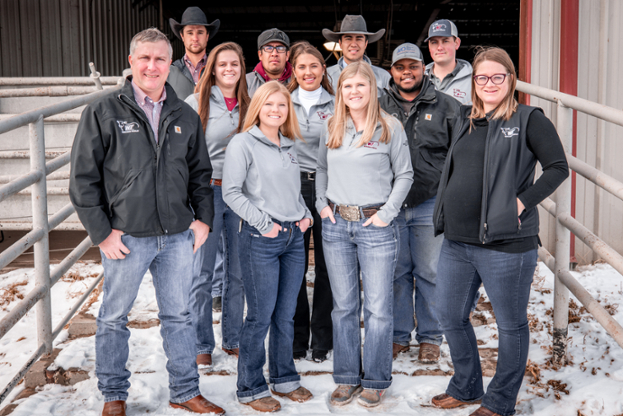
2021-2022 WT Research Feedlot Crew
From back left: Treylr Jackson , Fil Polanco (feedlot manager), Sebastian Grajeda , Daniel Young
Middle row: Erica Auchard , Anna Kobza , Chris Johnson
Front row: Dr. John T Richeson , Taylor McAtee , Rebecca Bigelow , and Dr. Kendall Samuelson .
Follow us!
facebook
Areas of Research and Faculty
Animal Health, Nutrition, and Management
Animal science faculty at WTAMU are engaged in highly applied research to discover new scientific knowledge of animal production, nutrition, management and health of beef and dairy cattle.
Research Faculty
Facility Overview
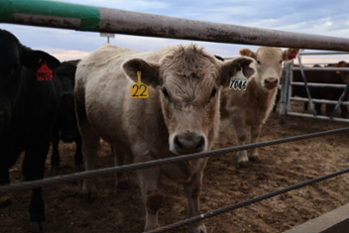
The feedlot has 72 soil-surfaced pens that house 10-12 animals each with 150-180 square feed of pen space and 10-12 inches of bunk space per animal. This provides a scale model of pen and bunk space representative of the larger commercial feedlot pens in our region.
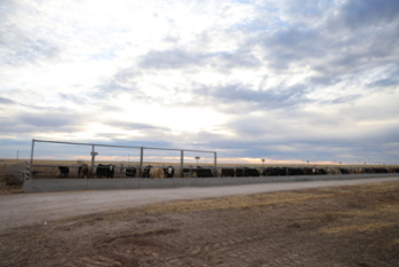
Additionally, our pens contain concrete fenceline feed bunks, a concrete bunk apron, and one water tank per pen. There are a total of 29 sorting pens to allow allocation of animals to appropriate treatment groups.
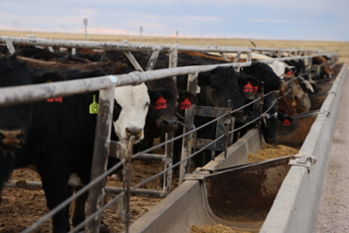
Technology systems installed and used at the WT Research Feedlot include two different animal behavior monitoring systems that allow cutting edge data collection of animal activity, rumination, and feeding behavior. Another system allows continuous monitoring of ruminal pH and temperature of cattle consuming different diets or various health and management protocols.

There are two cattle processing facilities onsite, one contains a tub, alley, individual animal scale and hydraulic chute and another consists of a “Bud box” and alley design with hydraulic chute and weighing system.

The feedmill is used to prepare supplements, premixes, and finished feed. A bunker style system is used to manage various commodities and starter and finisher rations are mixed and delivered with a specialized feed wagon containing GPS and feed management software.
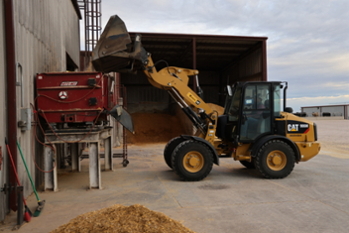
A smaller, stationary paddle mixer is used to prepare small batches of feed rations used for nutrition research trials.
Paul Engler College of Agriculture and Natural Science.

